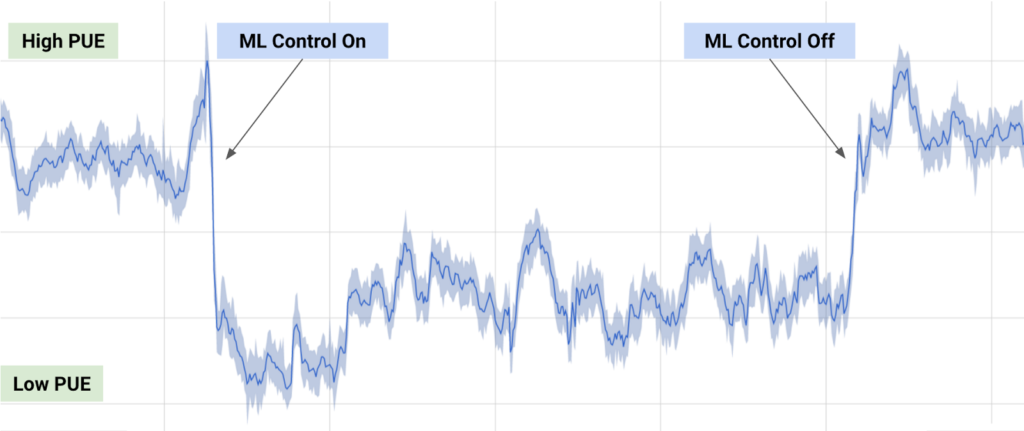Learning from Simulated and Unsupervised Images through Adversarial Training
The first paper from Apple company regarding Artificial Intelligence with Deep Learning is published!
The first paper from Apple company regarding Artificial Intelligence with Deep Learning is published!

The Deep Learning School is a great two day set of introduction lectures on Machine Learning, Natural Language Processing and Computer Vision for Deep Learning. The two days event is solely dedicated to Deep Learning! The lectures take place at CEMEX auditorium at the Graduate School of Business on Stanford campus (CA, USA) and include a variety of prominent speakers from the above mentioned research fields.

In the real world of multicore processors, we have to write multi-threaded applications that would use all cores efficiently. This is very practical, when it comes to high-loaded servers (with a high amount of users trying to access service at the same time). For instance, after you have successfully introduced the new functionality on your web service or fixed some bugs, your first intuition would be to release the new version as soon as possible. At this point, when your users start to access your web service simultaneously, a situation may arise, when two or more users will initialize the same singleton or field value more than once. This is not a favorable type of scenario. It is also the main reason your applications should be ready to initialize its singletons (and not only) properly!

From smartphone assistants to image recognition and translation, machine learning already helps us in our everyday lives. But it can also help us to tackle some of the world’s most challenging physical problems — such as energy consumption. Large-scale commercial and industrial systems like data centres consume a lot of energy, and while much has been done to stem the growth of energy use, there remains a lot more to do given the world’s increasing need for computing power.
Reducing energy usage has been a major focus for us over the past 10 years: we have built our own super-efficient servers at Google, invented more efficient ways to cool our data centres and invested heavily in green energy sources, with the goal of being powered 100 percent by renewable energy. Compared to five years ago, we now get around 3.5 times the computing power out of the same amount of energy, and we continue to make many improvements each year.
The “Concrete AI safety problems” paper by _Dario Amodei (Google Brain), Chris Olah (Google Brain), Jacob Steinhardt (Stanford University), Paul Christiano (UC Berkeley), John Schulman (OpenAI), Dan Mané (Google Brain) _suggests a new approach to the Machine Learning (ML) and Artificial Intelligence (AI) research, which focuses more on productivity of forward-looking applications while building cutting-edge AI systems.
A number of key problems considered in the paper as well as their descriptions are listed below. In the paper authors also elaborate on how to approach each of the given problem.
In order to redirect all users from the unsecure HTTP to the secure HTTPS connection, you need to edit your .htaccess file. Usually, it is located in the root of your project (e.g., httpdocs folder).
<IfModule mod_rewrite.c>
RewriteEngine On
RewriteCond %{HTTPS} !=on
RewriteRule ^(.*)$ https://%{HTTP_HOST}/$1 [R=301,L]
</IfModule>